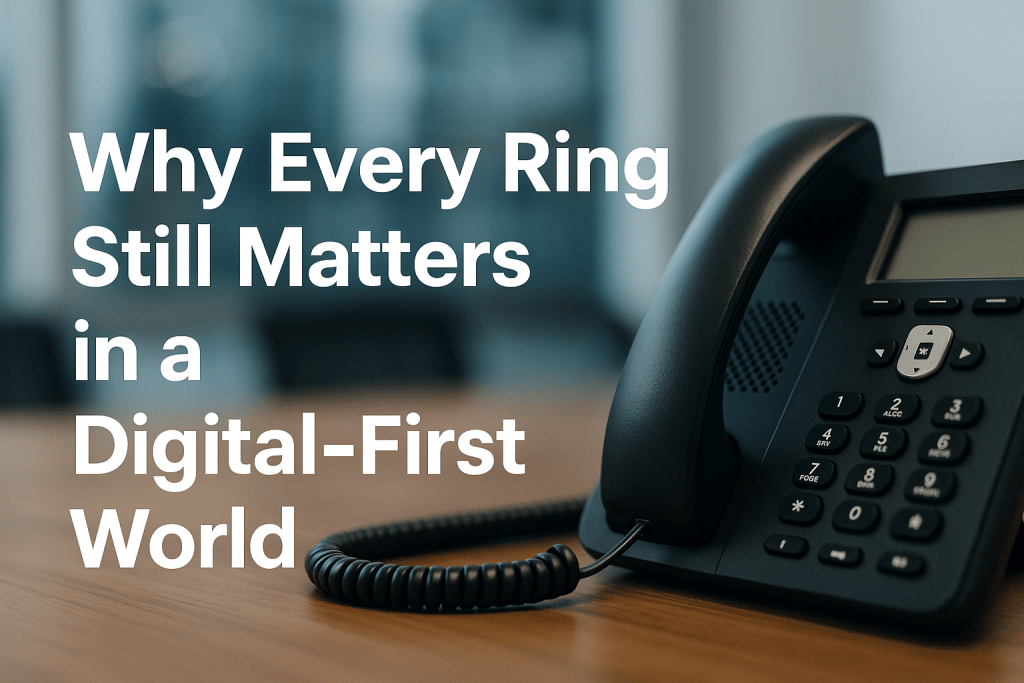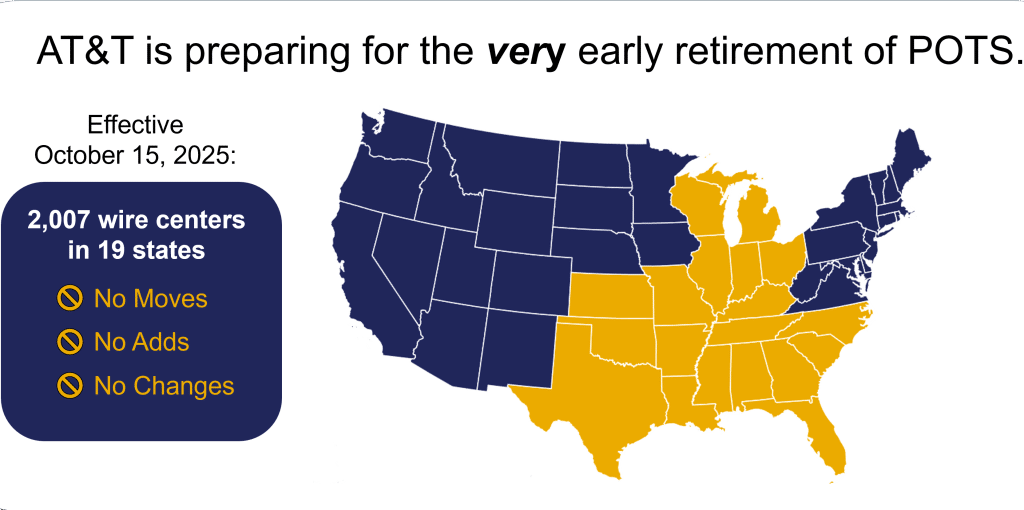How to Know When It’s Time to Upgrade the Phone System
As more and more legacy phone systems are reaching their end of life, system administrators all over the country are researching their options. They are taking on phone-system replacement projects for their clients or boss. Technology forums across the internet (such as Spiceworks or Reddit) are filled with system administrators asking other IT professionals which phone system they are using. They also inquire about how their implementation projects are going. While it’s understandable that the first hurdle in upgrading technology is comparing solutions, the second (and hardest) task is often gaining the support, buy-in, and budget needed from decision makers.
In order to receive approval for a new business phone system, here are some suggestions for presenting your business case to your boss.
1. Know Your Current Wasteful Costs
Many times, businesses don’t even know what their current monthly communications costs are. They simply don’t realize exactly how much money they are dumping into their legacy systems. As a sysadmin, you know the benefits of upgrading a phone system, but you need to present your case in a way that the boss will understand. This includes cost savings to the business. Your job is to position the proposed technology in a way that effectively communicates the problems it would solve. Also, include the additional business advantages it would provide and the overall return on investment (ROI).
Don’t think only about the costs you know, but what are the costs you don’t know. How much will it cost to replace the major KSU components when the phone system you have suddenly dies? What about the higher hourly rate of an older technician with the rare knowledge of how to reprogram that legacy software? And how to make changes to configurations when needs change?
2. List Issues and Problems You Have Now
When presenting your business case for a new phone system, along with your suggested solutions, first remind your boss of the issues with the current system. Are you getting customer complaints about the ability to reach employees? Are the hardware parts becoming impossible to find and order? Did you finally realize you were spending hundreds more than you should be every month? This is for a system that doesn’t even have a conferencing option. Reminding the boss how much your system is holding your business back will make it much easier to present your proposed solution. If you can put data and statistics behind these problems, it makes your case for increased efficiency a lot easier.
3. Create a Complete Assessment
Based on your complete network assessment and a map of the current infrastructure in place, present your proposed solution. State your case as to why it’s the best option. Include:
Features: Standard and advanced features offered, as well as the advantages of having them. What specific benefits will users experience with these new features? What indirect benefits will the users enjoy, such as streamlines processes or shorter on-hold times?
Here is an example: “As you know, teachers want to be reachable outside of school hours, but aren’t comfortable with parents having their private cell phone numbers. Using a Mobile app, teachers can make and receive phone calls to and from parents on their cell phone using their personal extension. The parents only see the school caller ID, and teachers can keep their phone numbers private.”
Cost: Pricing between an on-premises solution and a hosted solution look very different. One is an upfront capital expense, and the latter is a monthly expense based on usage. Whichever deployment type you choose, explaining it as an investment that will pay for itself is important. This is especially true when you compare it to what you are currently paying, which is likely to be much higher. If you pay for the on-premise system up front, it will be a lower TCO than a hosted system will be. However, if your business lacks the capital for an on-premises system and has the required setup for a hosted system, the expense becomes operational and is based upon usage and number of extensions. While the TCO of a hosted system is higher than an on-premises, the little to no up-front cost is a major selling point to decisions makers. Think of it this way: Netflix has a much higher TCO than your DVD collection, but which one are you getting better use out of?
Another element of cost includes what a new system would save every month in terms of employee staffing, and IT support and maintenance. If you put your phone system in the cloud, you no longer require IT support and maintenance of a PBX server in your building, which “would save [insert dollar amount here] a month in expenses.”
Timetable: Include an explanation of when you think the system should be deployed, and what impact it could have on the business (example: most schools upgrade their phone systems in the Summer months when staffing is minimal). This
4. Be Prepared with Additional information.
You know how your boss thinks and the questions they typically ask about these sort of things. Can it save money? If a new phone system will make your life easier, will it make other employees’ lives easier too? Does it cost more money to wait then take advantage of promotions now? Your boss is likely to ask you several questions about this project. So having a solid understanding of your proposed solution is essential. Know about this information or be able to easily access it:
– Support options available
– Manuals & training resources (for both IT admins and users)
– Hardware required for implementation (gateways? IP phones?)
– Structure of monthly bill
– Case studies & references from businesses in a similar industry




